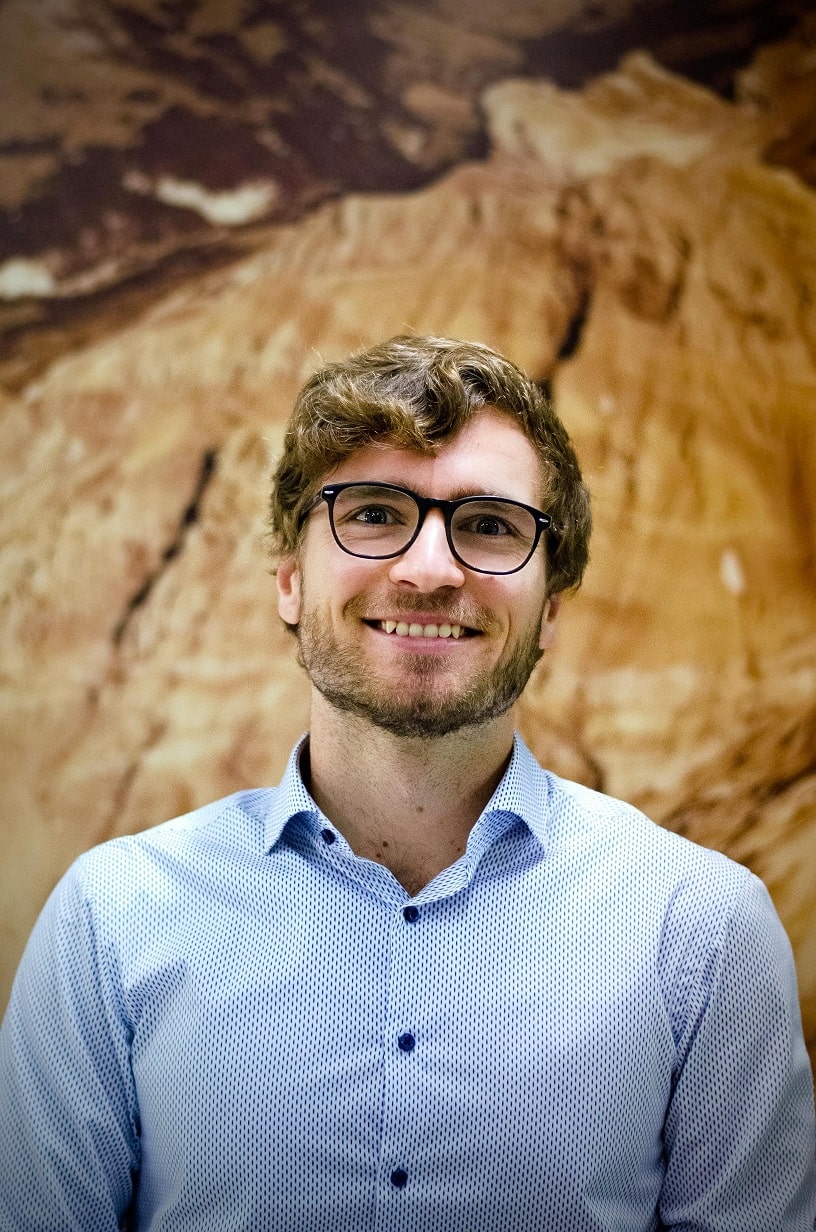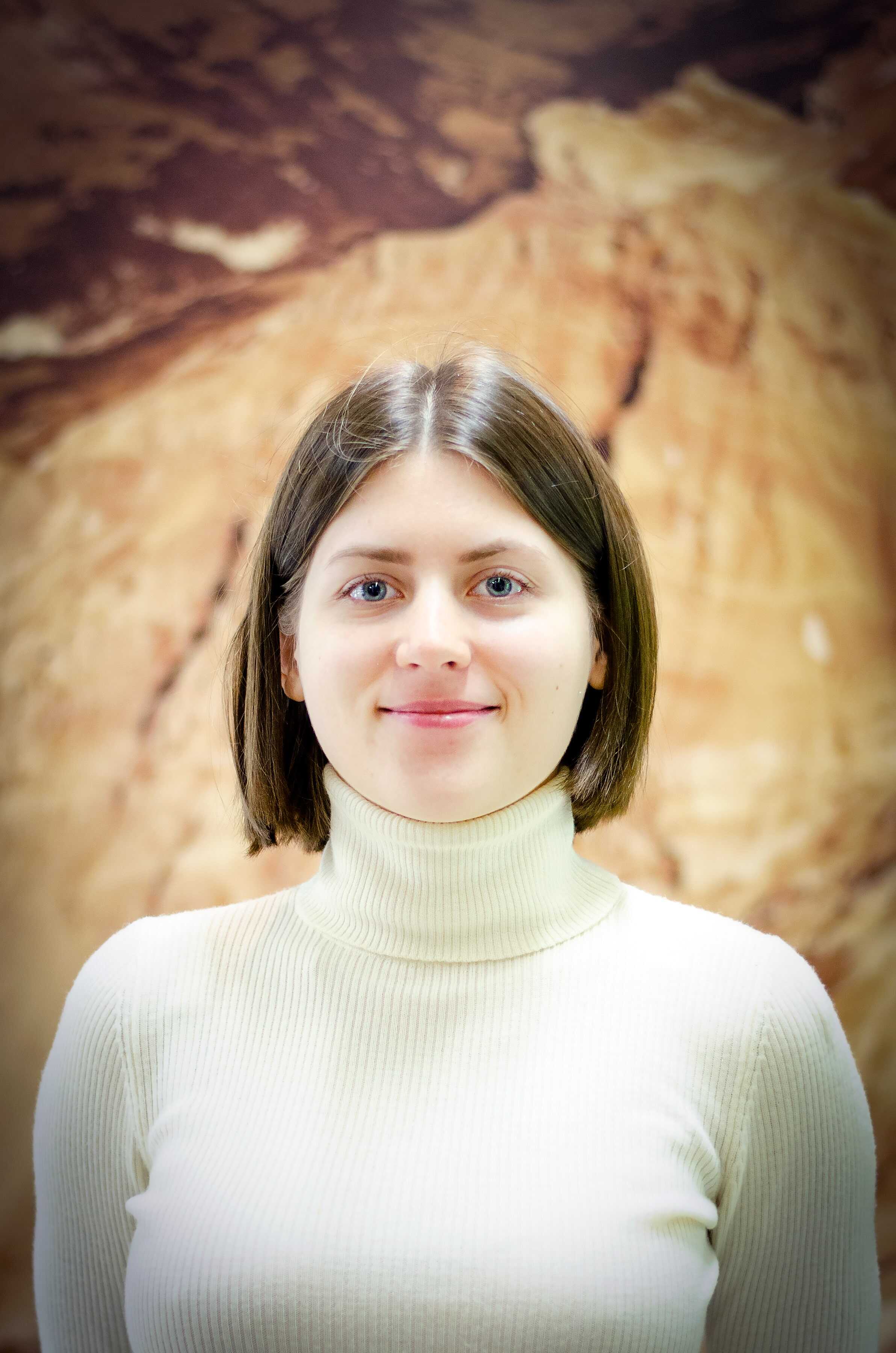Nuclear Waste Storage

Tools for the assessment of multi-barrier systems
Safeguarding the Future: Advanced Tools for Radioactive Waste Storage
Ensuring the safe, long-term isolation of radioactive waste is a complex challenge. Our cutting-edge tools help assess the effectiveness of deep geological storage systems, where multiple barriers work together to protect the environment.
How It Works
We understand that predicting the behavior of waste repositories over vast timescales is crucial. Our tools accurately model the complex interplay of heat, water movement, and mechanical forces within clay-based barriers. This is essential for:
Optimized Design: Designing storage systems that maximize isolation and safety
Risk Assessment: Identifying and mitigating any potential long-term risks.
Confidence in Solutions: Providing scientifically-backed validation of storage strategies.
Why Our Tools Matter
We help ensure the highest standards of safety for current and future generations by enabling confident decision-making about radioactive waste storage.
Nuclear Waste Storage Research Group:
Professors
PhD students
Research Projects:
Beacon – Bentonite mechanical evolution
The project aims at improving the numerical models for predicting the behaviour of bentonite seals, buffers and backfills in the context of deep nuclear waste disposal. The focus is on understanding the homogenisation of the material that will take place upon water uptake from the surrounding host rock. Robust numerical tools, able to predict the long term performance of such elements are key technical issues for the implementation of planned geological disposals.
Geomaterial behaviour in partially saturated conditions
In the concept of the nuclear waste repository, both the natural and the engineered barriers will come across unsaturated conditions. The partial saturation affects the mechanical response of the geomaterials. Understanding and characterising the behaviour of unsaturated geomaterials composing the multi-barrier system is, therefore, one of the main issues. Several advanced devices are available in our laboratory allowing to analyse experimentally swelling behaviour, mechanical response in unsaturated conditions, water retention behaviour and liquid and gas transfers.

Shale immersed in water: degradation over time
Thermo-Hydro-Chemo-Mechanical behaviour of Shales
Shales are not only considered as a suitable soil for the storage of high-level nuclear waste. They also provide perfect cap rocks for oil and gas reservoirs. This makes their behaviour an exciting subject of research for the civil and environmental engineer
During well boring pressures of tens of MPa and temperature up to 100°C are recorded. Such in-situ conditions are not easy to reproduce in the laboratory. Also, various fluids can be adopted to improve drilling efficiency. This fluid interacts with the shales with which it is in contact, inducing chemo-mechanical effects. LMS is currently researching the influence of salts on saturated soils and shales.

Thermo-hydro-mechanical constitutive modelling
A variety of phenomena occurs during wetting, drying, heating or mechanical loadings. The swelling behaviour, thermal collapse, wetting collapse, and the isothermal mechanical behaviour must all be included in a constitutive model. Based on concepts from the Cam-Clay model, our model, ACMEG, has been extended and tested to reproduce the key behaviours of unsaturated soils. It is currently expanded to other problems such as anisotropy or chemical couplings.
 Constitutive Modeling
Constitutive ModelingSKB Task Force on Engineered Barrier Systems
The objective of the International Task Force on Engineered Barriers, managed by the Swedish company SKB, is the development of general and effective tools for the advanced coupled THMC analysis of buffer and backfill for High-Level Waste repositories (https://www.skb.se/taskforceebs/). Our task focuses on the numerical modelling of gas flow in the compacted bentonite buffers. The scientific goal is to improve the predictive capabilities of the numerical tools to be used in the long-term safety assessment of the repository. Partners are Nagra (Switzerland), UPC (Spain), and Intera (Switzerland).
Thermo-Hydro-Mechanical 3D Modelling of the FE-Experiment in Mont Terri
The Full-scale Emplacement (FE) Experiment at the Mont Terri Underground Research Laboratory (URL) mimics the construction, waste emplacement, backfilling and early-stage evolution of a high-level waste repository tunnel, using heaters instead of canisters. In this context, Nagra has established an international modelling Task Force with the aim of validating and calibrate the available numerical Thermo-Hydro-Mechanical frameworks. The final aim is to assess the impact of repository induced effects on the long-term performance of the radioactive waste multibarrier storage system. Partners are Nagra (Switzerland), UPC (Spain), and BGR (Germany).

Numerical modelling of the Hydro-Mechanical behavior of shales in a real excavation context
In recent years, significant efforts have been made to characterize the hydromechanical response of Opalinus Clay shale. These data enable to improve the available numerical tools to better describe the real response of the formation in an excavation context. New features are being added to the theoretical approaches, and the calibration and validation of the models are enhanced by the analysis of the new laboratory and field data. Significant efforts are also devoted to the identification and interpretation of the site variability of the hydromechanical properties of Opalinus Clay. The main partner of these project is Nagra (Switzerland).
PhD Research Projects
Ongoing
Gas-Induced Impacts on the Barrier Integrity of Deep Geological Repository of Radioactive Wastes – Qazim Llabjani
In the scope of European Joint Programme on Radioactive Waste Management (EURAD) for the Work Package 6 – “Mechanistic understanding of gas transport in clay materials” (WP6-GAS), Task 3 – “Barrier integrity”, the contribution of the Laboratory of Soil Mechanics (LMS) of the Swiss Federal Institute of Technology in Lausanne (EPFL) aims at gaining a mechanistic understanding of the hydro-mechanical phenomena and processes, associated with the gas‑induced failure of clay barriers and with the effectiveness of self-sealing processes along gas-induced pathways in the clay barriers of a geological repository. In this context advanced experimental set-ups are required to ensure the application of well-defined hydro-mechanical initial and boundary conditions during gas/water injection, feeding in the development and testing of numerical process models. The evaluation of achievements is accomplished by model-supported data analyses, predictive modelling and the application of newly developed modelling tools on in-situ experiments.
Thermo-Hydro-Mechanical Behavior of the Callovo-Oxfordian Claystone Under Thermal Loading – Héloïse Fuselier
Geological formations involved in deep storage of nuclear waste undergo multiphysical actions that can impact their behavior and the repositories safety. Among these action, the temperature elevation due to the exothermic nature of the waste is a critical stage of the repository life that induces complex thermo-hydro-mechanical processes in the host formation. In addition to the experimental investigation of these processes, the development of constitutive models able to describe the response of the material is essential to predict their impact on the host formation integrity and on the repository safety. In this context, the Laboratory of Soil Mechanics partner with ANDRA (France) to develop modeling tools able to reproduce and predict the behavior of the Callovo-Oxfordian claystone (COx) under thermal changes. This thesis aims to develop a new constitutive model in the framework of thermo-plasticity extended to damage to describe the complex behavior of the claystone, and to assess its performance through the numerical modelling of large scale in-situ experiments.
New insights for Chemo-hydro-mechanical modelling of engineered geological barriers – Svetlana Babiy
Compacted expansive clays, given their features (e.g., low permeability, high swelling pressure, and self-healing upon wetting), are employed in various engineering applications of particular importance to modern society. In particular, they are engineered geological barriers for protecting from pollutants within geosynthetic clay liners and engineered geological barriers for radioactive wastes within geological disposals. As a result of their role, these clays are subject to various environmental and mechanical actions that can alter their short- and long-term efficiency. The saturation state and chemical composition of the pore water are recognized as very relevant in conditioning the elasto-plastic mechanical response of expansive clays. Thus, understanding the underlying mechanisms will give new insights for modelling and design geological barriers.
Chemo-hydro-mechanical constitutive modeling of compacted expansive clays – Alessandro Parziale
Expansive clays, upon wetting, exhibit unique characteristics such as low permeability, high swelling pressure, and self-healing properties, making them used in modern engineering projects, especially as engineered geological barriers for nuclear and municipal waste disposal. However, their effectiveness depends upon many environmental factors.
The research focuses on a deeper understanding of optimized design and performance by developing a comprehensive chemo-hydro-mechanical constitutive model to enhance our understanding of how environmental factors such as chemical interactions, hydraulic conditions, and mechanical loading affect the behavior of compacted expansive clays over different time scales. The research aims to bring new insights for the prediction of the performance and longevity of geological barriers.
Recently completed
Performance assessment of FEM models to simulate THM effects in the rock around the FE-tunnel – Matthias Wojnarowicz
In recent years, the design and safety assessment of nuclear waste repositories has been a significant field of engineering research due to the increasing amount of high-level nuclear wastes related to power plant decommissioning. In this framework, the development of reliable numerical tools to simulate geological repositories’ long-term response is of paramount importance. Due to the complexity of the involved phenomena, prior rigorous verification and validation procedures should be established to prove the reliability of the numerical simulations. In this context, the Laboratory of Soil Mechanics (LMS) from EPFL contributes to an international modeling task force dedicated to modeling nuclear waste emplacement in collaboration with Nagra and Mont Terri URL. The Full-scale Emplacement (FE)-M project, located in the Mont Terri facility, is a long-term experiment created to study the construction, waste emplacement, backfilling, and early-stage THM interactions following the Swiss High-Level Waste Repository concept. This research aims to analyze the collected data from the field experiment and benchmark THM codes and models with the task force participant, emphasizing the development of reliable tools for the calibration of the THM model parameters.
Studies on the mechanical evolution of compacted bentonite subjected to environmental actions – Jose Bosh
Deep geological disposal is currently the most feasible option for the long-term isolation of radioactive waste, consisting in emplacing the waste into tunnels or drifts excavated at great depths in suitable geological formations. The use of bentonite, a highly expansive clay, is considered in many repository designs as backfill and sealing material because of its favorable properties. Throughout the lifetime of a repository, the bentonite will be subjected to a series of environmental actions, mainly heating, as a result of the decaying radioactivity of the waste, and hydration from the groundwater flow of the surrounding rock. This thesis aims at advancing the understanding of the mechanical behaviour of bentonites subjected to environmental actions by means of a coupled hydro-mechanical modelling framework.
Recent publications
- A bio-chemo-hydro-mechanical model of transport, strength and deformation for bio-cementation applications
Bosch, J. A.,Terzis, D., Laloui, L. (2024) Acta Geotechnica - Insights from an extensive triaxial testing campaign on a shale for comparative site characterization of a deep geological repository
Crisci, E. ; Giger, S. B. ; Laloui, L ; Ferrari, A. (2024) Geomechanics For Energy And The Environment, 38, 100508 - Modelling the density homogenisation of a block and granular bentonite buffer upon non-isothermal saturation
Bosch, J. A., Ferrari, A, Laloui, L., Leupin, O. (2023) International Journal for Numerical and Analytical Methods in Geomechanics, 47 (11), 1979-2002. - Thermo-hydro-mechanical analysis of the complete lifetime of the bentonite barrier in the FEBEX in-situ test
Bosch Llufriu, J. A., Qiao, Y, Ferrari, A., Laloui, L. (2023) Geomechanics for Energy and the Environment-
Recent Media
2022
Switzerland chooses a radioactive waste disposal site. Dr. Alessio Ferrari talks with RSI Modem

“EPFL undoubtedly played a central role in this choice.”

Le Temps discusses the location of the proposed site for the disposal of Swiss nuclear waste and the role of LMS.
Our sponsors:













